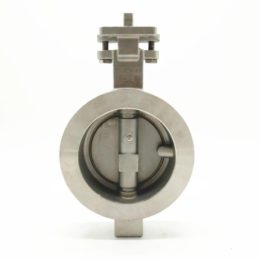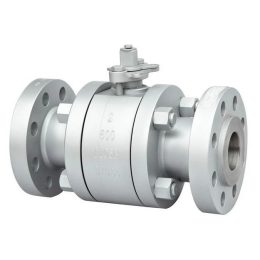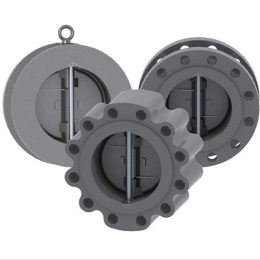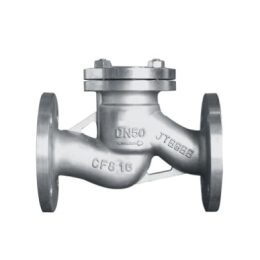Trunnion-Mounted Ball Valve: Benefits and Limitations
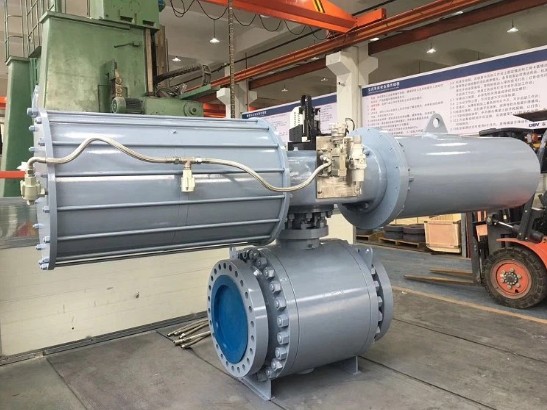
A trunnion-mounted ball valve is a type of quarter-turn valve that is widely used in a variety of applications, particularly in high-pressure and large-diameter processes. This valve is similar to a floating ball valve but has some unique features that make it different.
What is a Trunnion-Mounted Ball Valve?
This valve has seats that surround the ball, holding it in place. It also has an additional shaft called a trunnion that presses against the sphere from below, preventing the ball from dislodging and leaking. The trunnion is an extension of the spherical ball disk that is attached to the valve through welded joints. The stem connects the ball and actuator.

How Does a Trunnion-Mounted Ball Valve Operate?
When the actuator is turned on, the ball rotates and faces the pipeline, allowing the medium to flow freely. A second turn of the handle moves the ball away from the pipeline, stopping the flow. This valve can handle a wide variety of materials, including liquids, gases, and slurries. It can accommodate pressures up to 300 psi.
Another way a trunnion-mounted ball valve works is through differential pressure. It is designed to handle the pressure and force induced by a sudden increase in downstream pressure. Depending on its size and operating pressure, a trunnion-mounted ball valve is usually sized for a confined space.
Types of Trunnion-Mounted Ball Valve
There are many different kinds of trunnion-mounted ball valves. One common type is a three-piece half-bore split-body valve. This valve is mounted on a trunnion and works by moving the ball upstream or downstream to close the pipeline. By regulating the flow of oil through a critical process unit, it can reduce the pressure in the pipeline.
Benefits and Limitations
The benefits of using a trunnion-mounted ball valve include its ability to handle high-pressure and large-diameter applications, its stable performance under differential pressure, and its resistance to high temperatures, flashing, and corrosion.
However, there are also some limitations to consider. Soft-seated valves that use thermoplastic substances like PTFE to provide the tightest seal are susceptible to failure if the liquid is abrasive or dirty. Metal-seated valves are more resistant to high temperatures, flashing, and corrosion, but they may not provide as smooth control as soft-seated valves.
Conclusion
In conclusion, when designing a valve, it is essential to understand the benefits and limitations of each type. A trunnion-mounted ball valve is a reliable and efficient option for high-pressure and large-diameter applications. By choosing the right type of valve, engineers can ensure the safe and efficient operation of their processes.
